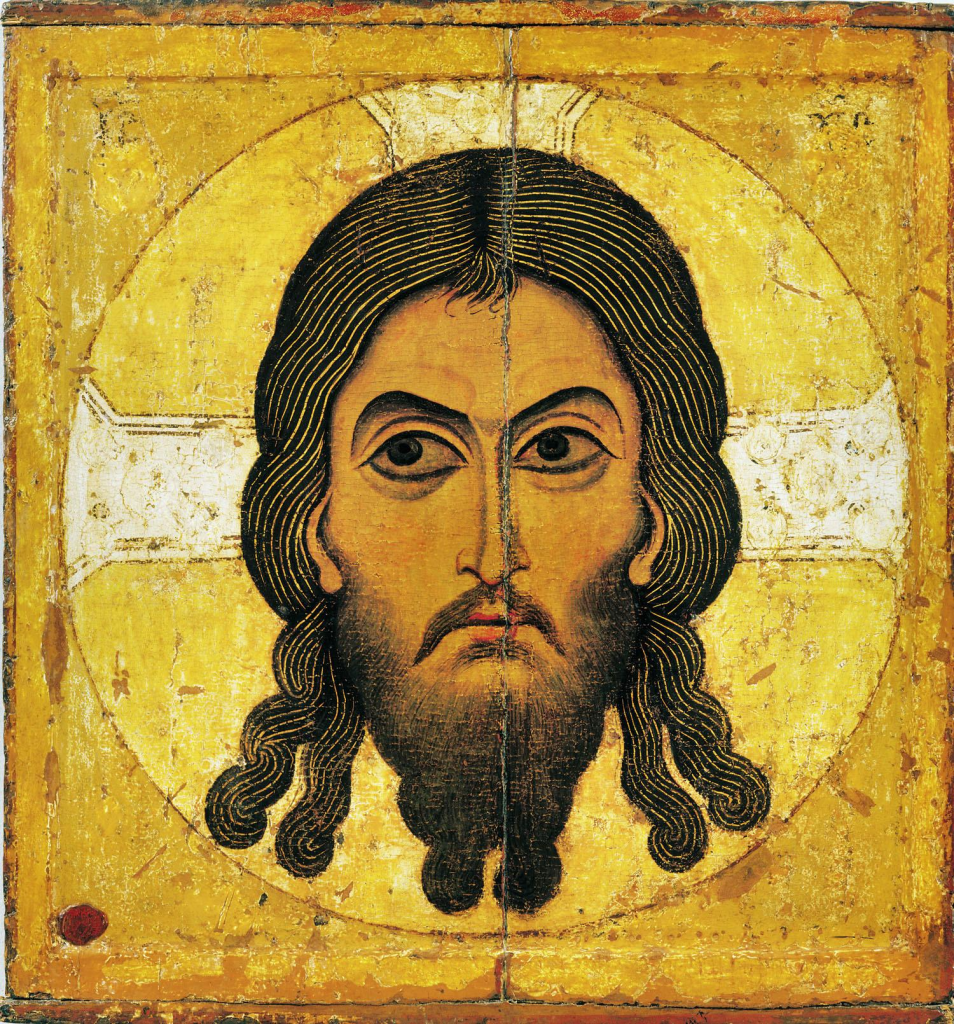 Appel à communication : « Inventing Images » (Universität Stuttgart, 21-22 novembre 2025)
Appel à communication : « Inventing Images » (Universität Stuttgart, 21-22 novembre 2025)
Argumentaire
The medieval Christian image is not only a statement and an argument but also serves to visualize specific perspectives; it could furthermore possess a documentary value. The authenticity sometimes attributed to images made them powerful agents for dogmatic, propagandistic, or representative purposes. The conference Erste Bilder / Inventing Images focuses on newly conceived images and explores the conditions under which such innovations were granted credibility.
Since Late Antiquity, depictions of Christ and the saints have been subject to discussions about their legitimacy and status. These debates also involved controversies concerning the authenticity of images. By the authenticity of images, we mean that they were attributed the ability to attest to the truth, credibility, or legitimacy of a fact. Authentic images were considered trustworthy. At times, they even served as material evidence when their physical properties were used as proof. The Latin auctoritas corresponds to authenticity, encompassing meanings such as validity, guarantee, power, dignity, certification, warranty, and responsibility. One might also speak of authenticity in the sense of originality.
When new images emerged, their innovation was accompanied by a performance requirement: their authenticity was expected to be as indisputable as possible. This is evident, for example, in the negotiations surrounding the acheiropoieta which helped to constitute the image of Christ in Byzantium, the requirements placed on the Crucifixus and the associated image operations in the West from the ninth century onward, or the visual conception of a new saint such as Francis of Assisi in the thirteenth century. Image innovations and reformulations are often linked to moments of political, theological, and socio-cultural upheaval, such as the founding of religious orders, the adaptation of « foreign » cultural heritage—whether from Eastern Christian, Latin, or Islamic traditions—the introduction of new dogmas, the emergence of saint cults, or the development of new religious or gender concepts.
The conference explores new image creations and canonical image formulas in medieval art that became the subject of aesthetic, theological, or power-related discourses. This includes deliberate adoptions and references to traditional iconographies, either within the framework of or in response to new visual conceptions in the sense of an apology. Special attention is also given to tensions between image and image medium, which arose, for example, when an old motif was transferred to a new medium or when a new image was created while retaining an old image medium or material.
Various questions arise regarding the inventing of images:
● How was authenticity established? What requirements did newly created images fulfill concerning their origin, formal vocabulary, or references to existing images?
● How were newly invented images staged within a space? Did they introduce new requirements for architecture and spatial disposition? Were they transferred to other spaces?
● What is the relationship between new iconography and the materiality of the image?
● What discourses were associated with the creation of imagery? Did such imagery provoke controversies? How were newly created images justified, explained, or described?
● To what extent was the novelty of visual experience intentionally emphasized through the transfer of image formulas, for example, from East to West?
● Were new strategies of mediation, such as for devotion, developed through new image creations?
Informations pratiques
We aim to discuss these and related questions during a two-day conference from November 21 to 22, 2025, at the Institute of Art History at the University of Stuttgart. The conference languages are German and English.
Modalités de soumission
Abstracts of up to 300 words for 25-minute presentations can be submitted by April 30, 2025, along with a short biography. Please send your submissions via email to Dr. Stefanie Lenk (stefanie.lenk@uni-goettingen.de) and Dr. Anselm Rau (anselm.rau@ikg.uni-stuttgart.de).
Early career researchers are encouraged to apply.
Source : ArtHist

Leave a Reply
You must be logged in to post a comment.